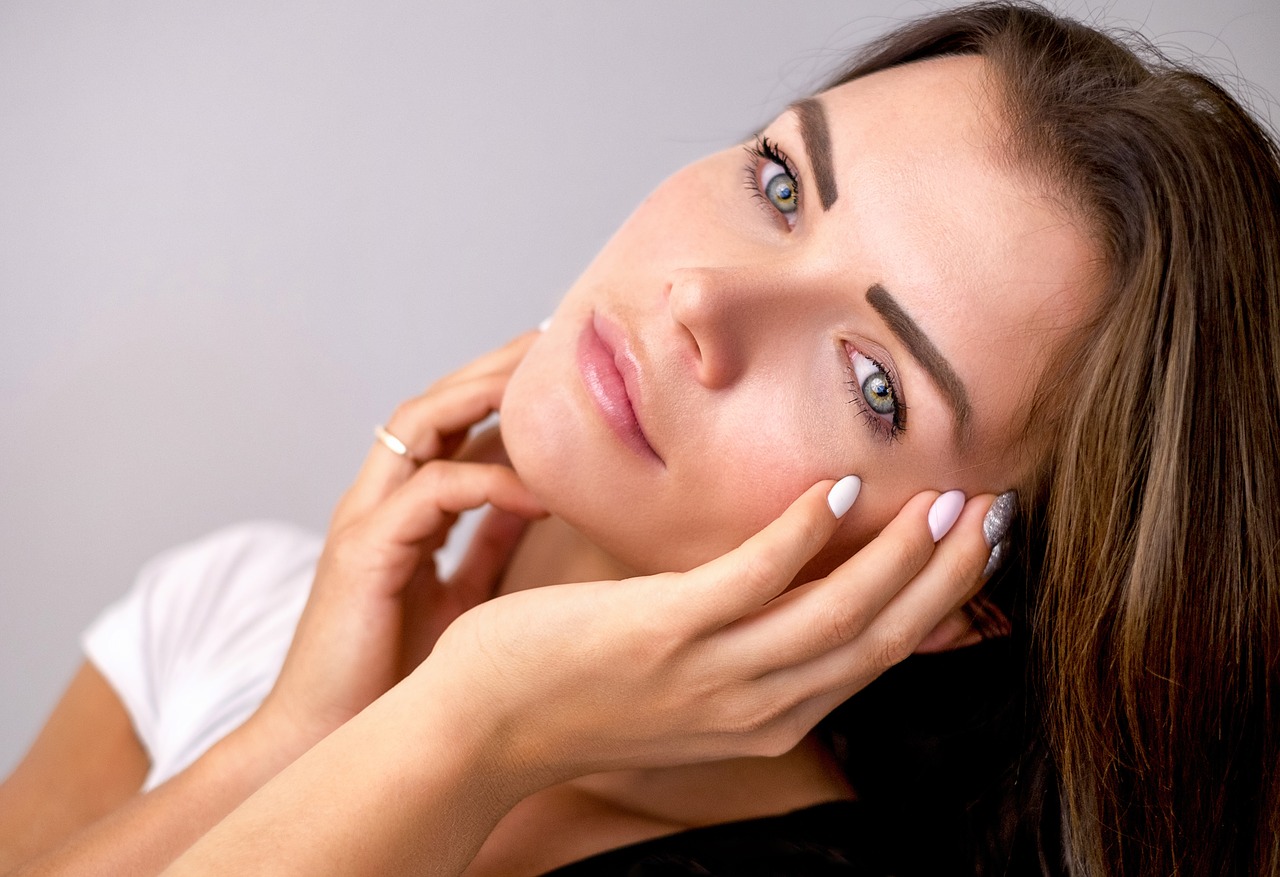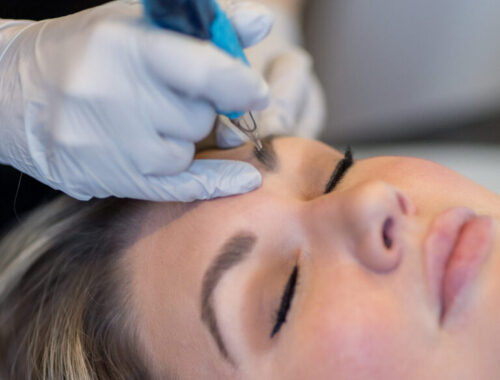
Dermaplaning Myths Busted: Get the Facts Before Your Next Facial
Debunking Dermaplaning Myths: What You Really Need to Know
Dermaplaning has become a popular skincare treatment, known for providing a smooth, glowing complexion by removing dead skin cells and peach fuzz. However, despite its growing popularity, there are still many misconceptions surrounding this treatment that can cause confusion or hesitation. In this blog, we’re setting the record straight by debunking common myths and giving you the facts you need to make an informed decision.
Myth 1: Dermaplaning Causes Hair to Grow Back Thicker and Darker
Fact: One of the most common myths is that shaving peach fuzz will cause it to grow back thicker, coarser, or darker. Dermaplaning only removes vellus hair, which is fine and soft. The structure of this type of hair does not change after removal. Hair will grow back the same texture and color as before—no stubble or thicker regrowth! Those dark, thick chin hairs only show up due to genetics or hormones.
Myth 2: Dermaplaning Is Painful
Fact: Many people worry that it might be uncomfortable or painful, but the truth is, it’s a painless procedure. The sterile blade used to remove dead skin cells and fine hair is glided gently across the skin’s surface. Clients often report that it feels more like a light brushing or tickling sensation rather than anything painful.
Myth 3: Dermaplaning Causes Breakouts
Fact: Dermaplaning actually helps prevent breakouts by removing the top layer of dead skin cells that can clog pores and trap oils, leading to acne. The treatment promotes a smoother, cleaner surface for your skincare products to penetrate deeper, making it a great option for acne-prone skin.
Myth 4: Dermaplaning Is Only for Certain Skin Types
Fact: Dermaplaning is suitable for most skin types, including sensitive skin. It’s an excellent treatment for anyone looking to brighten their complexion, reduce dullness, or improve makeup application. However, people with very reactive or inflamed skin conditions, such as rosacea, eczema, or active acne, should consult with a dermatologist before trying it.
Myth 5: Dermaplaning Results Are Temporary
Fact: Regular treatments promote collagen and elastin production creating firmer skin and less wrinkles and lessens hyperpigmentation leading to a more radiant complexion.Dermaplaning does require regular treatments for maintenance, the results are long-lasting compared to many other exfoliation methods. Most people opt to get dermaplaning every 4–6 weeks as part of their skincare routine to maintain glowing skin.
Myth 6: Dermaplaning Can Be Done at Home
Fact: Your esthetician is using a tool with a blade designed specifically for dermaplaning and is trained to perform this service. We know how many layers to remove, how much pressure, what angle, how to stretch the skin, how to prepare the skin, what to do if there’s a reaction and how to treat if a problem occurs. The at-home kits just cannot compare to this. Leave it to the professionals. I have seen so many clients come in after using an at-home kit and needing us to correct their skin afterward.
Myth 7: Dermaplaning Only Removes Hair
Fact: While this treatment is known for removing vellus hair (peach fuzz), it also provides a deeper exfoliation by removing the top few layers of dead skin cells. This dual action results in smoother, brighter skin, reduced appearance of fine lines, and better absorption of skincare products. Dermaplaning offers much more than just hair removal—it’s a comprehensive skin-refining treatment.
Hopefully getting the facts straight has helped you to make an informed decision about dermaplaning. Schedule your next dermaplaning service with us here.




